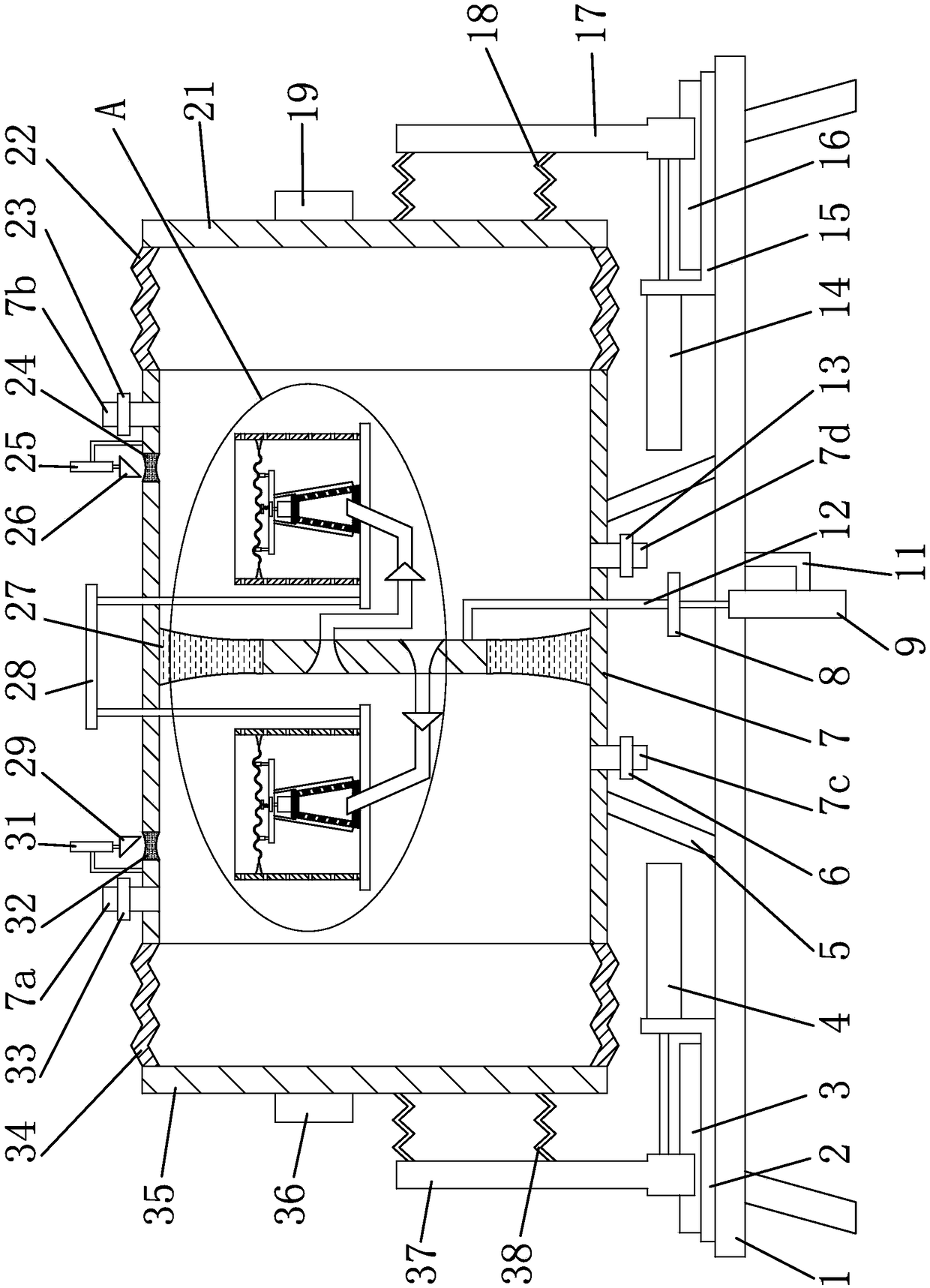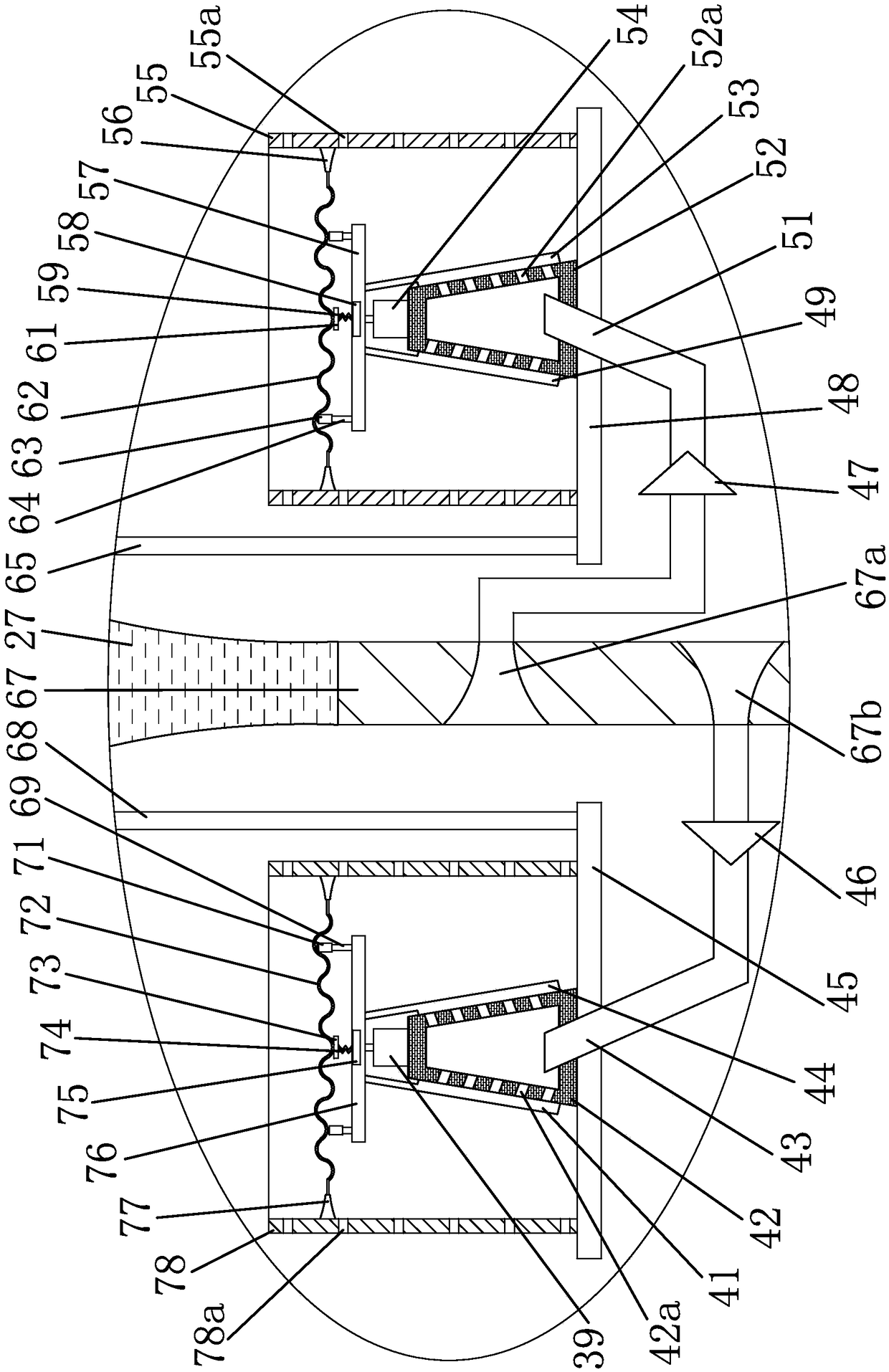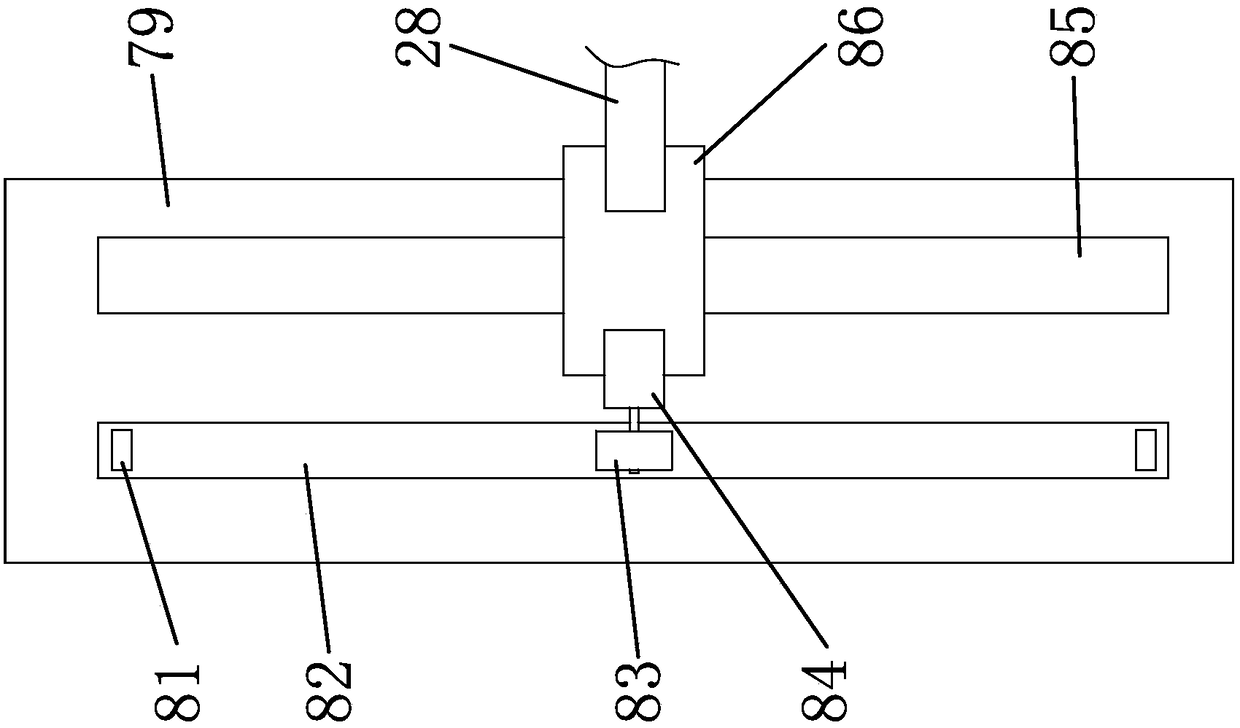Method for processing nanometer self-cleaning blended fabrics
A nano-self-cleaning and blended fabric technology, which is applied in the processing of textile materials, textile processing machine accessories, continuous processing of textile materials, etc., can solve the problems of complicated preparation steps and large preparation time
- Summary
- Abstract
- Description
- Claims
- Application Information
AI Technical Summary
Problems solved by technology
Method used
Image
Examples
Embodiment Construction
[0049] The following will clearly and completely describe the technical solutions in the embodiments of the present invention with reference to the accompanying drawings in the embodiments of the present invention. Obviously, the described embodiments are only some, not all, embodiments of the present invention. Based on the embodiments of the present invention, all other embodiments obtained by persons of ordinary skill in the art without making creative efforts belong to the protection scope of the present invention.
[0050] The processing method of this nanometer self-cleaning blended fabric comprises the following steps:
[0051] a, by weight, 40-60 parts of polyester fiber, 20-30 parts of cotton fiber, 8-18 parts of bamboo fiber and 4-12 parts of modal fiber are blended and interwoven into a blended fabric; 50 parts of polyester fiber, 25 parts of cotton fiber, 13 parts of bamboo fiber and 11 parts of modal fiber are blended and interwoven into a blended fabric;
[0052...
PUM
 Login to View More
Login to View More Abstract
Description
Claims
Application Information
 Login to View More
Login to View More - R&D
- Intellectual Property
- Life Sciences
- Materials
- Tech Scout
- Unparalleled Data Quality
- Higher Quality Content
- 60% Fewer Hallucinations
Browse by: Latest US Patents, China's latest patents, Technical Efficacy Thesaurus, Application Domain, Technology Topic, Popular Technical Reports.
© 2025 PatSnap. All rights reserved.Legal|Privacy policy|Modern Slavery Act Transparency Statement|Sitemap|About US| Contact US: help@patsnap.com



